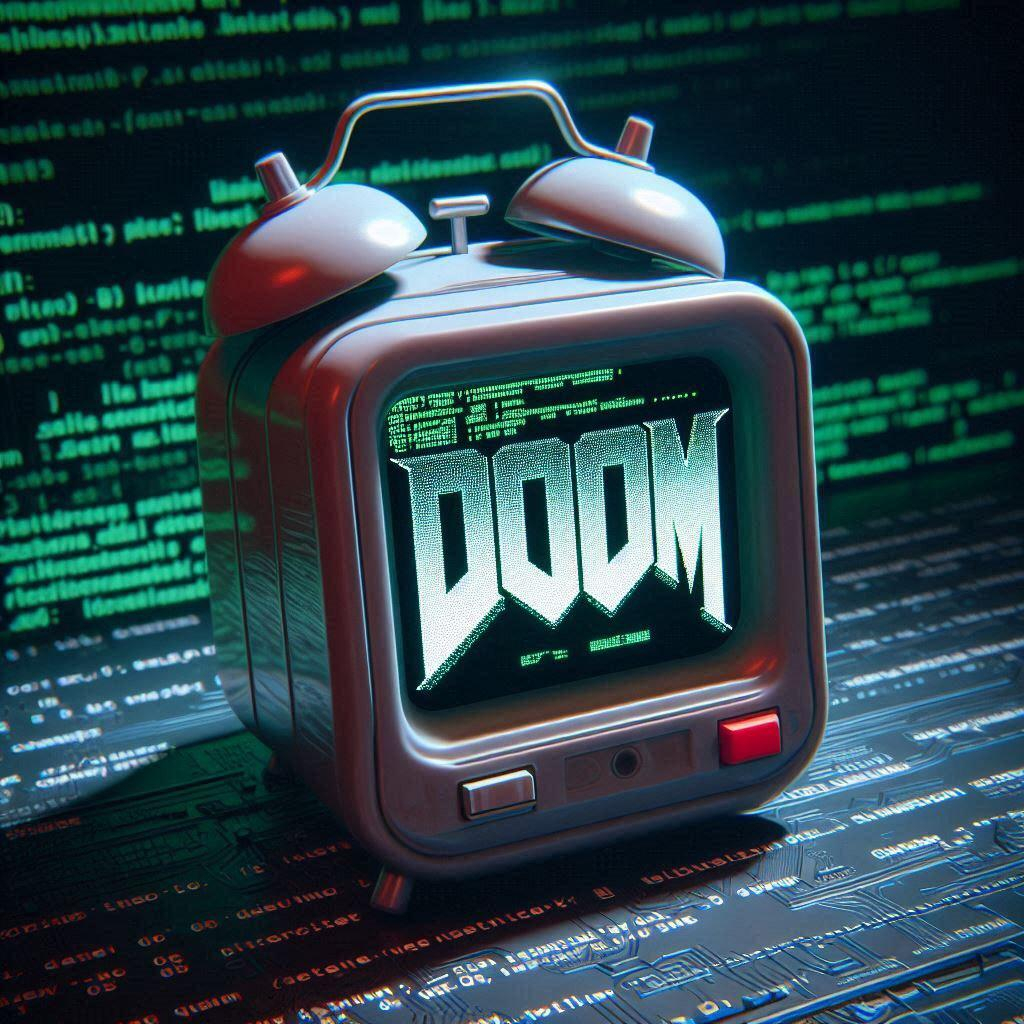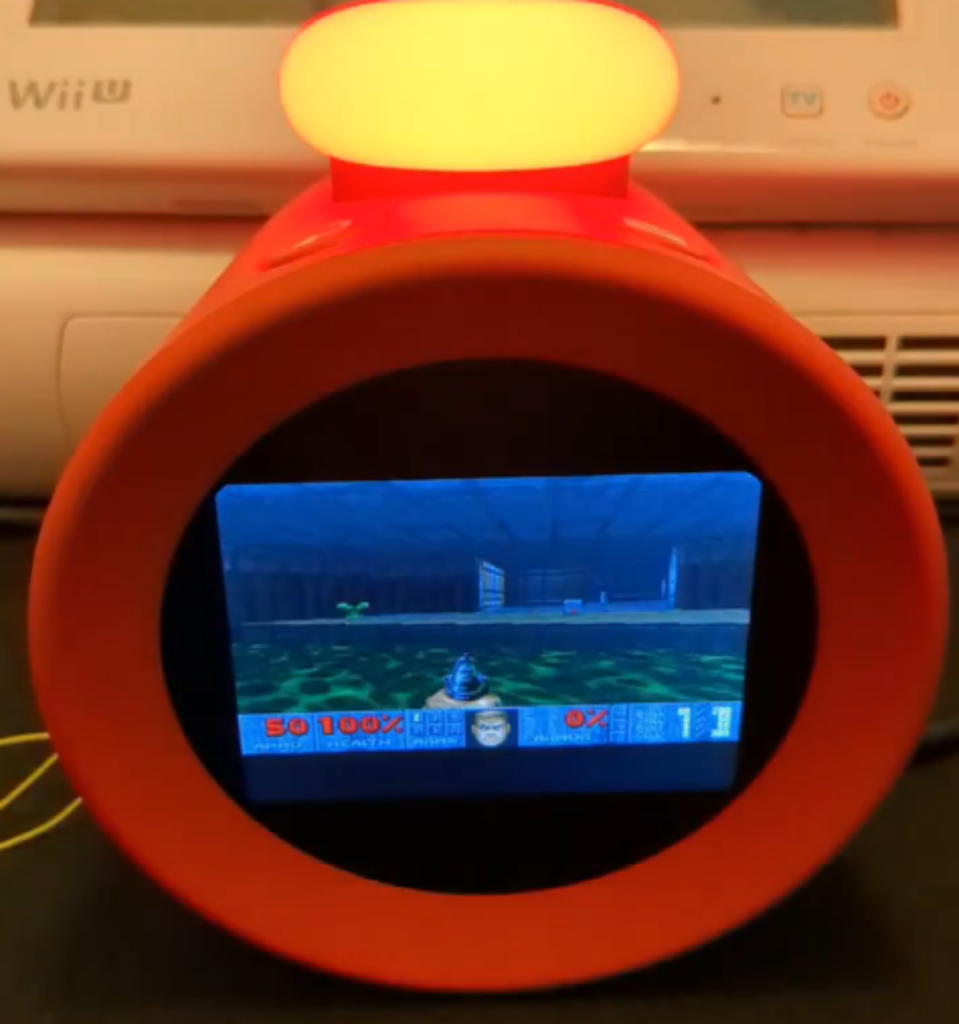The newest Device to run Doom: Nintendo's Alarm Clock [Alarmo].
A hardware hacker [GaryOberNichts] has successfully modified Nintendo's $100 Alarmo device to run the classic video game Doom. This marking another milestone in the gaming community's tradition of porting the 1993 shooter to unconventional devices.
https://github.com/GaryOderNichts/alarmo_doom
#doom #nintendo #alarmo #port #hack #it #engineer #programming #retro #gaming #art #media #tech #artist #news
A hardware hacker [GaryOberNichts] has successfully modified Nintendo's $100 Alarmo device to run the classic video game Doom. This marking another milestone in the gaming community's tradition of porting the 1993 shooter to unconventional devices.
https://github.com/GaryOderNichts/alarmo_doom
#doom #nintendo #alarmo #port #hack #it #engineer #programming #retro #gaming #art #media #tech #artist #news
GitHub - GaryOderNichts/alarmo_doom: Doom for the Nintendo Alarmo
Doom for the Nintendo Alarmo. Contribute to GaryOderNichts/alarmo_doom development by creating an account on GitHub.GitHub



